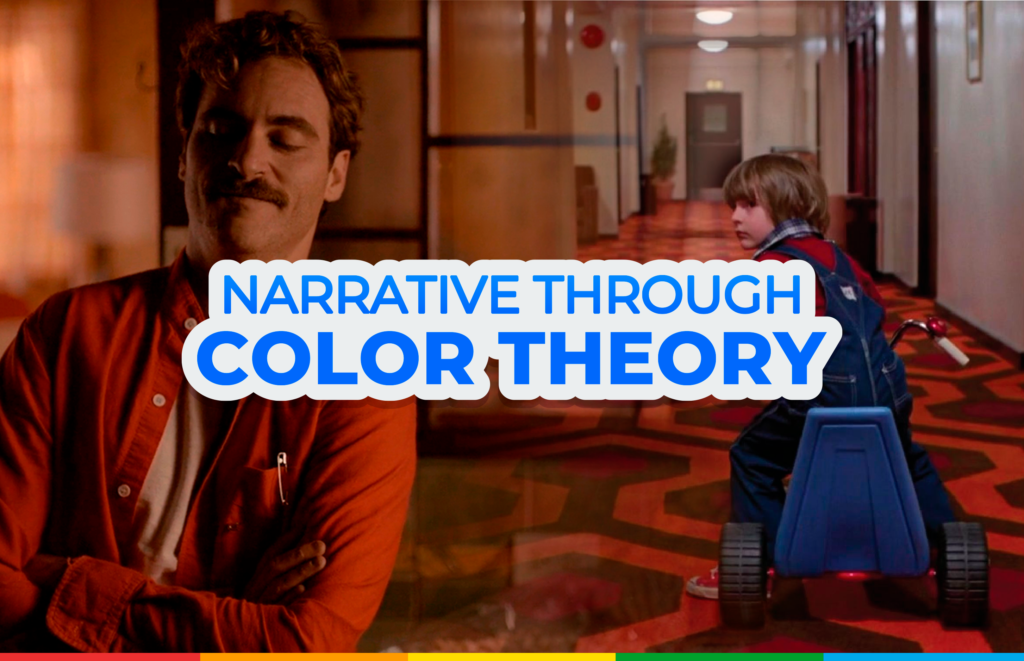In this digital age, social media has become both a meeting point and a battlefield for brands competing for their audiences’ attention. As users, we are saturated with content, and each brand has only a few seconds to attract us enough to prevent us from simply swiping up.
In these circumstances, what is the most powerful tool?
Narrative and Connection: The art of Storytelling
Storytelling creates an emotional and human connection. Stories have the power to generate empathy with the audience and allow them to feel closer to the brand. By sharing stories that resonate with the experiences and values of their audience, brands have the power to build stronger and longer-lasting relationships with their online community.
But we are talking about social media, let’s not forget, so the time in which such a story will unfold is limited to a few seconds, maybe a minute. This is not necessarily a problem, it just means that the way this story is told must be well thought out and structured to convey the message clearly without the need for too many elements or dialogues.
Color Theory and its impact on Narrative
Color is not merely an aesthetic tool; it is also a symbolic language that speaks directly to our emotions and perceptions. The intelligent use of color theory can transform an ordinary story into a visual experience and convey the intended message even omitting all words.
Chromatic narrative employs color as a symbolic language, loaded with meaning and metaphor, harnessing codes that have been programmed into our brains since childhood, without us having any idea. Blue represents infinity, as well as sadness; yellow is joy and light, red is passion and aggression… Each color has basic concepts rooted in its essence, symbolisms that can influence how we perceive characters, atmospheres, or events within a story.
But it’s not just about the chosen tones; the contrast between colors can create a distinctive atmosphere and highlight visual aspects. For example, the scene in which Danny rides his tricycle through the hotel is iconic in “The Shining,” directed by Stanley Kubrick. In this scene, color contrast plays a crucial role in creating an atmosphere of unease and tension.

The scene is invaded by the monotony and repetition of patterns through the corridors. With boring cream tones on the walls and brown doors, and cold lighting representing silence, loneliness, abandonment. These create a visual dissonance together with the repetitive pattern of the carpet covering the entire floor, with a palette of warm and intense colors contributing to the sensation that something is out of place and danger is looming even without a single word being spoken.
The intense red of the carpets is also symbolically associated with blood and violence, increasing the sense of threat. As the camera follows Danny on his blue tricycle, psychologically the antithesis of red and representing the innocence of the child, it makes us feel that he shouldn’t be there, he doesn’t belong and increases the tension of the danger and threat he is exposed to.
You can watch the scene here.
Color saturation matters!
Not only the choice of colors, but also saturation are masterfully used visual tools in the film “Her,” directed by Spike Jonze.

A specific color palette is used to reflect the characters’ emotional state and the environment in which they live. For example, cold and desaturated colors are used in urban environments, such as the city streets and Theodore’s workplace. These tones convey a sense of emotional isolation and disconnection, reflecting the loneliness and emptiness Theodore feels despite being surrounded by people and technology.
On the other hand, color saturation is also strategically used to highlight moments of joy, discovery, and transformation. For example, when Theodore begins to open up emotionally and experience a genuine connection with Samantha, the colors become more intense and luminous, creating a sense of hope and possibility.
With these examples, you have barely scratched the surface of what the proper use of color can achieve within narrative. And as we prepare a sequel to this article with even more information that will make you appreciate color in a way you never imagined, we invite you to revisit your favorite movie once more and carefully observe the chromatic narrative it hides. Go on, the colorist was hired for a reason.
If you want to know more about color theory, visit our blog.






